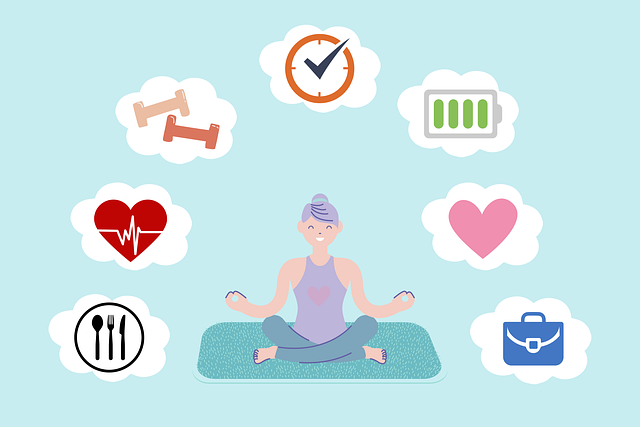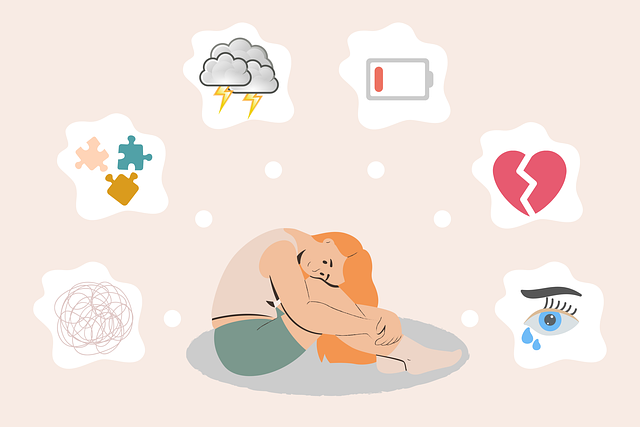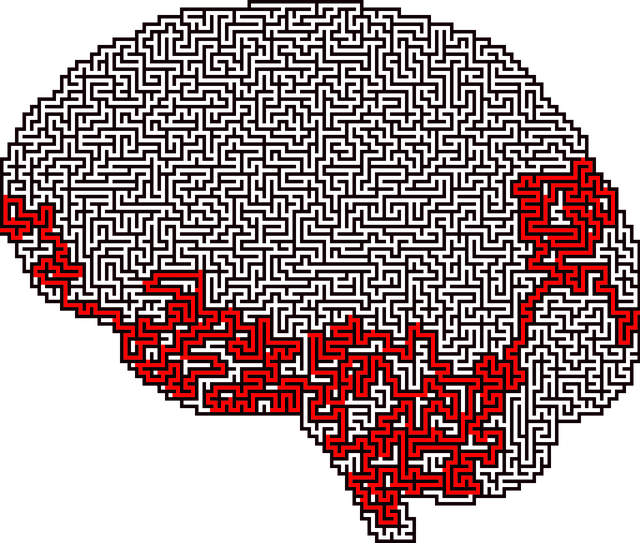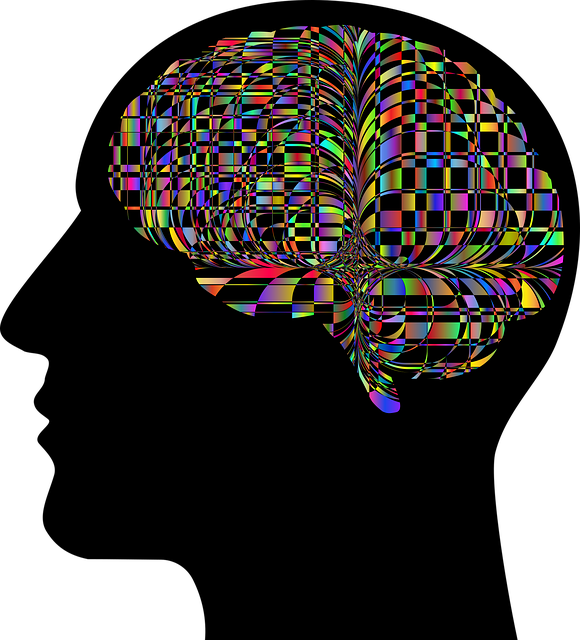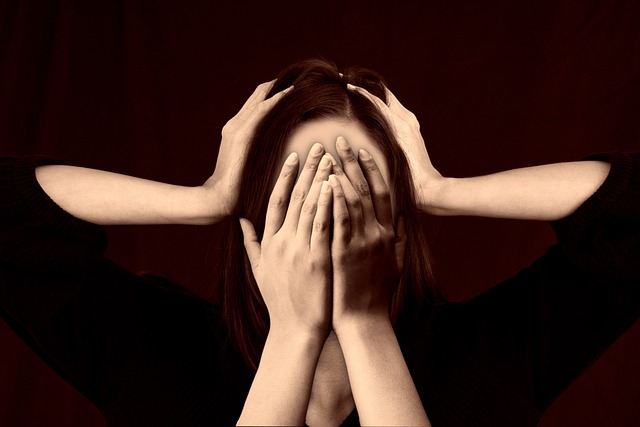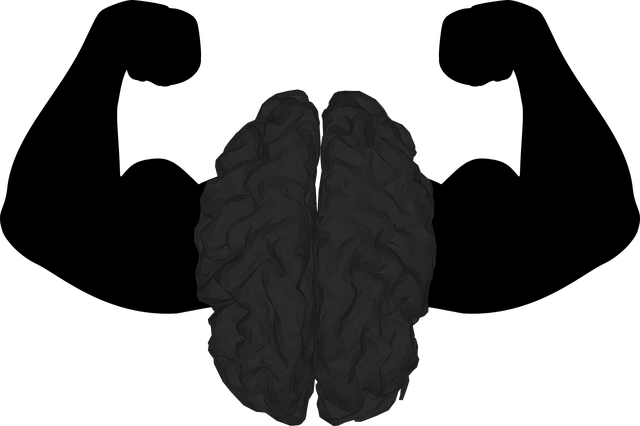Anxiety disorders in children are rising, affecting their daily lives and well-being. Caused by genetics, trauma, or medical conditions, symptoms include excessive worry, restlessness, and physical complaints. Early recognition is crucial to prevent escalation to severe mental health issues. Cognitive Behavioral Therapy (CBT), a drug-free approach, targets thought patterns and teaches coping strategies for improved resilience. Mindfulness techniques like deep breathing and journaling, along with physical activities, offer holistic management of anxiety and comorbid substance abuse in children. Creating supportive home and school environments through open communication, consistent routines, and stress-reduction strategies is essential for long-term well-being.
Anxiety is a common challenge facing children today, but there are effective management techniques to help them cope. This article explores various strategies to address childhood anxiety, from understanding its causes and symptoms to evidence-based therapies like Cognitive Behavioral Therapy (CBT), offering a drug-free approach. We delve into mindfulness practices and relaxation techniques, discuss the comorbidity of substance abuse, and provide insights on creating supportive environments at home and school.
- Understanding Anxiety in Children: Causes and Symptoms
- Cognitive Behavioral Therapy (CBT): A Drug-Free Approach for Kids
- Mindfulness and Relaxation Techniques for Anxiety Relief
- Addressing Substance Abuse as a Comorbidity in Children
- Creating a Supportive Environment at Home and School
Understanding Anxiety in Children: Causes and Symptoms

Anxiety disorders in children are becoming increasingly prevalent, affecting their ability to function and overall well-being. Understanding the causes and symptoms is a crucial first step in helping these young individuals manage their anxiety effectively. Children may experience anxiety for various reasons, including genetic predisposition, life events such as trauma or significant changes (like starting school), or even underlying medical conditions. It can manifest as excessive worry, fear, or avoidance of certain situations, impacting their social interactions, academic performance, and daily routines.
Common symptoms include restlessness, irritability, difficulty concentrating, insomnia, and physical complaints like stomach aches. In severe cases, children might exhibit panic attacks, obsessions, or compulsions. Recognizing these signs is essential as early intervention can prevent the development of more complex mental health issues later in life. Therapy for children with anxiety disorders often involves evidence-based practices such as cognitive-behavioral therapy (CBT), which focuses on identifying and changing negative thought patterns, alongside teaching coping strategies like conflict resolution techniques and self-awareness exercises to enhance resilience building.
Cognitive Behavioral Therapy (CBT): A Drug-Free Approach for Kids

Cognitive Behavioral Therapy (CBT) offers a drug-free approach to managing anxiety in children and adolescents, addressing underlying thought patterns and behaviors that contribute to their distress. This evidence-based therapy teaches young individuals to identify and challenge negative or distorted thoughts, replacing them with more realistic and positive ones. By mastering these skills, kids gain a sense of control over their emotions and reactions, reducing the intensity and frequency of anxiety symptoms.
CBT incorporates various techniques, such as mindfulness meditation and mind over matter principles, to enhance coping strategies. Trained therapists provide crisis intervention guidance, helping children navigate anxious moments effectively. Through structured sessions, CBT empowers kids with tools to manage stress, improve self-esteem, and foster resilience, ultimately promoting better mental health and well-being without relying on medication or substance abuse solutions.
Mindfulness and Relaxation Techniques for Anxiety Relief

Mindfulness and relaxation techniques have emerged as powerful tools for managing anxiety, especially in children who are at a critical stage of development. These practices encourage individuals to focus on the present moment, calming the mind and reducing the impact of anxious thoughts. Through mindfulness, kids can learn to recognize and accept their emotions without judgment, fostering better mental wellness. Incorporating simple exercises like deep breathing, progressive muscle relaxation, or guided imagery into daily routines can provide effective anxiety relief.
Journaling is another therapeutic approach that supports mental health. Encouraging children to express their feelings through writing can help them process and release anxious thoughts. This form of self-reflection offers a safe space for kids to explore their emotions, providing valuable insights for both parents and therapists. Additionally, engaging in physical activities like yoga or even simple stretching routines can serve as excellent conflict resolution techniques, promoting relaxation and stress management.
Addressing Substance Abuse as a Comorbidity in Children

Addressing substance abuse as a comorbidity in children is a complex yet essential aspect of anxiety management. Many young individuals struggle with both anxiety disorders and drug or alcohol addiction, creating a challenging dual diagnosis. This issue often goes unnoticed due to the subtle nature of childhood anxiety, which can manifest as rebellious behavior or changes in mood rather than overt symptoms. Therefore, early intervention is crucial to prevent further complications.
Therapy for children dealing with drug abuse and anxiety can be life-changing. Through specialized programs, young people learn coping skills development to manage their anxiety without resorting to substances. Crisis intervention guidance and confidence-boosting activities play a significant role in this process. By combining evidence-based therapy with tailored support, professionals help these individuals break free from the cycle of addiction and build resilience against future crises.
Creating a Supportive Environment at Home and School

Creating a supportive environment at home and school is paramount for anxiety management, especially among children. In the context of therapy for children, fostering a safe and understanding space significantly enhances their mental health awareness and overall well-being. This involves encouraging open communication about feelings and emotions, ensuring consistency in routines, and promoting activities that instill a sense of calm and control. A structured yet flexible environment at home and a supportive educational setting can help alleviate anxiety symptoms, build resilience, and even reduce the need for medication or substance abuse interventions later in life.
Schools play a crucial role in mental wellness coaching programs development by integrating stress-reduction strategies into their curricula and extracurricular activities. Through community outreach program implementation, schools can connect with local mental health resources, providing students with accessible support systems. By addressing anxiety proactively within these environments, we not only help children navigate their current challenges but also empower them with lifelong coping mechanisms, preventing the progression of anxiety towards more severe conditions like drug abuse or substance abuse.
Anxiety can significantly impact children’s lives, but various effective techniques offer hope. From CBT, a drug-free approach, to mindfulness exercises and supportive environments, parents and educators can empower kids to manage anxiety. Addressing comorbidities like substance abuse is crucial for holistic healing. By implementing these strategies, we can create a safer, more secure world for children, enabling them to thrive in spite of anxiety.
